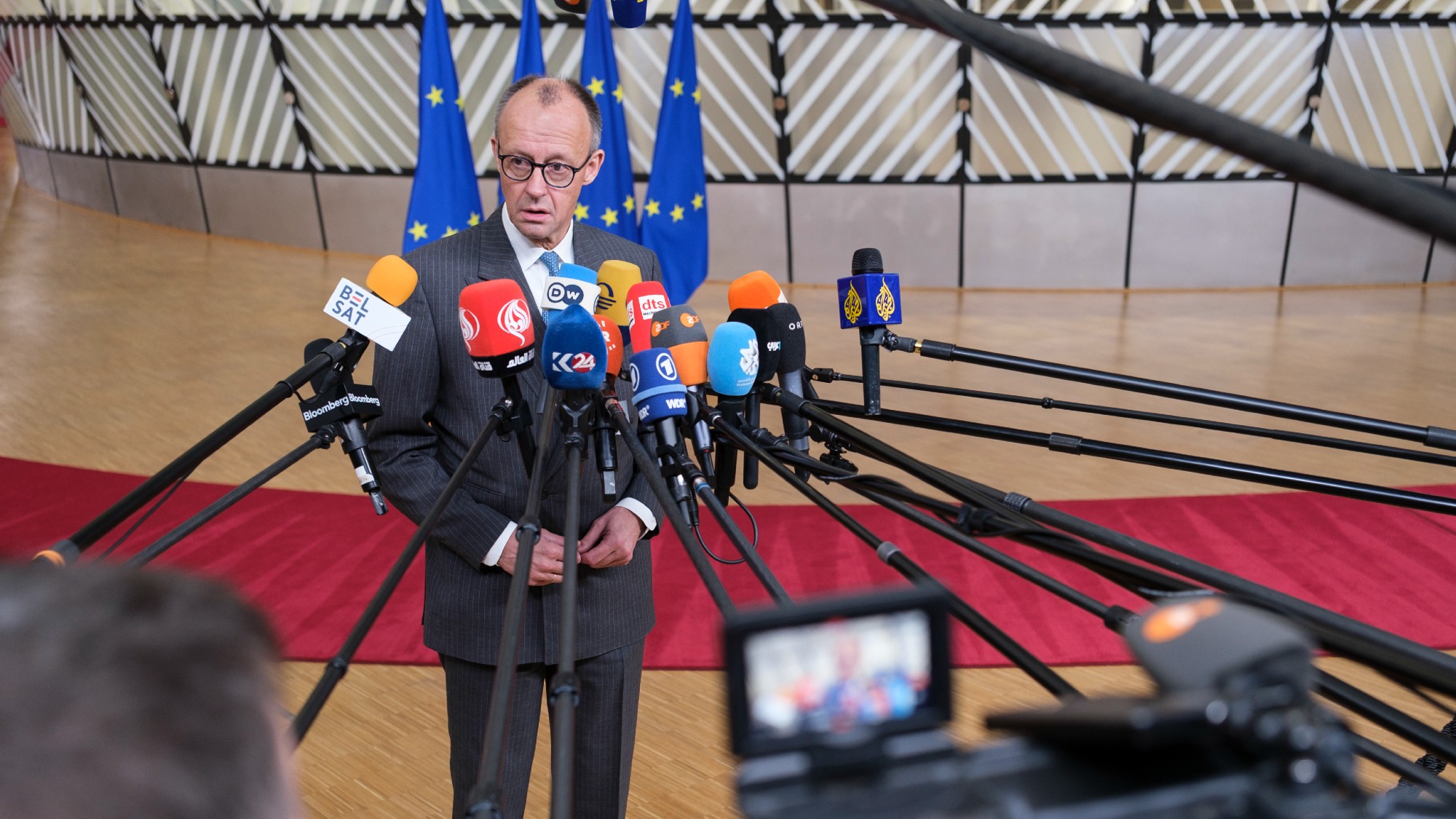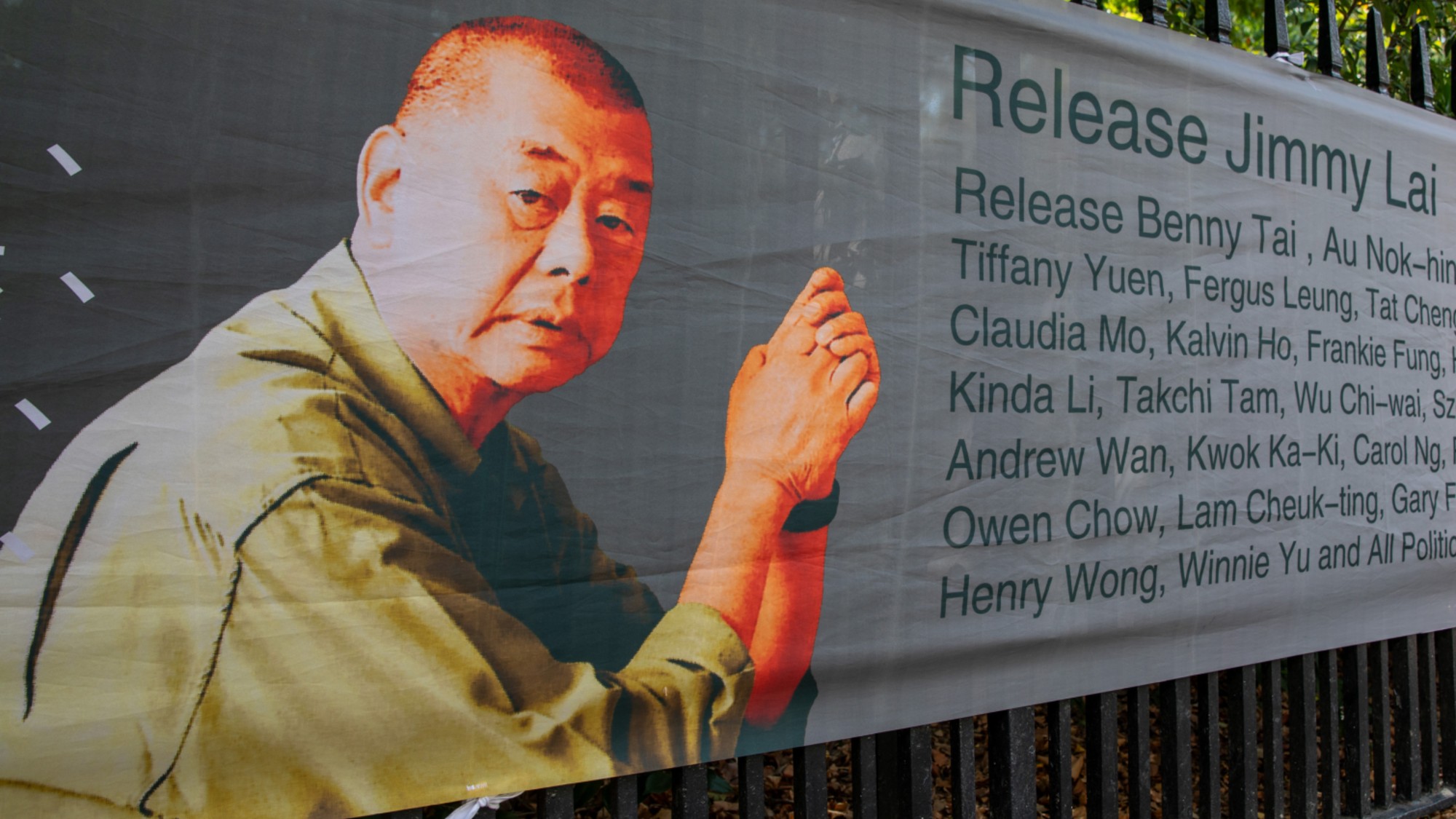Judgment on high
In this edition of The Week's Editor's Letter, William Falk examines the implications of all-seeing Predator drones over our own heads


I've often tried to imagine how it feels to know that pilotless Predator drones are hovering overhead, their unblinking eyes searching for any sign of movement, their Hellfire missiles just a button-push away from erasing your sorry butt from the face of the earth. It’s so Old Testament: Judgment on high, all-seeing, wrathful. Someday soon, we may get a taste of that experience, albeit without the Hellfires. Predators and other drones are "entering the national airspace," The Washington Post reports this week, as police and the Department of Homeland Security begin to experiment with them as surveillance tools right here in the U.S. Drones are already patrolling the Mexico border and have been used to search for missing persons in remote areas; law-enforcement agencies are quietly exploring their usefulness in criminal investigations, hostage situations, and even highway speed-limit enforcement. "The nice thing is, it's covert," said Bill C. Nabors Jr. of the Texas Department of Public Safety, which used a drone last year to spy on an armed suspect’s home before a SWAT team raid. "You don’t hear it, and unless you know what you're looking for, you can't see it."
So here we are again, at the junction of Public Safety and Privacy. Law-enforcement agencies are moving cautiously on drone deployment, fearing a strong public backlash. But if Americans feel threatened by criminals or terrorists, history shows, we'll pay almost any price to feel safer, right up to airport security agents peering through our clothes and palpating our privy parts. The future is here, and we have choices to make: Our old, 20th-century notions of privacy, or the drone of Predators overhead, hunting evildoers.
A free daily email with the biggest news stories of the day – and the best features from TheWeek.com
The Week
Escape your echo chamber. Get the facts behind the news, plus analysis from multiple perspectives.

Sign up for The Week's Free Newsletters
From our morning news briefing to a weekly Good News Newsletter, get the best of The Week delivered directly to your inbox.
From our morning news briefing to a weekly Good News Newsletter, get the best of The Week delivered directly to your inbox.
William Falk is editor-in-chief of The Week, and has held that role since the magazine's first issue in 2001. He has previously been a reporter, columnist, and editor at the Gannett Westchester Newspapers and at Newsday, where he was part of two reporting teams that won Pulitzer Prizes.
-
 Who is paying for Europe’s €90bn EU loan?
Who is paying for Europe’s €90bn EU loan?Today’s Big Question Kyiv secures crucial funding but the EU ‘blinked’ at the chance to strike a bold blow against Russia
-
 Quiz of The Week: 13 – 19 December
Quiz of The Week: 13 – 19 DecemberQuiz Have you been paying attention to The Week’s news?
-
 What’s causing the non-fiction slump?
What’s causing the non-fiction slump?In the Spotlight Readers are turning to crime fiction, romantasy and self help books as a form of escapism
